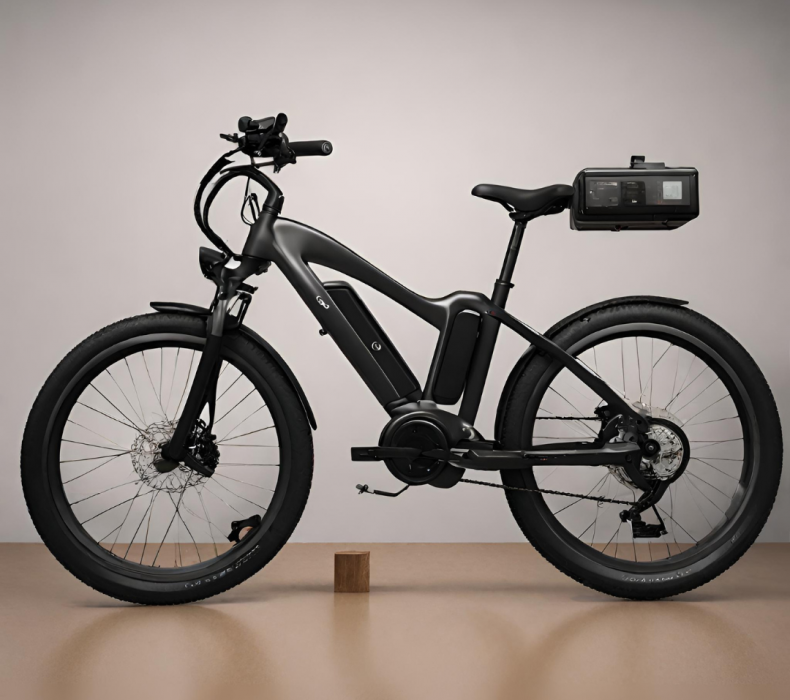Electric bikes, or eBikes, have revolutionized how we commute and explore our surroundings. They provide an eco-friendly, efficient, and enjoyable means of transportation. Central to the operation of an eBike is its battery and proper maintenance of this component is essential to ensure the longevity and performance of your eBike. In this comprehensive guide, we will delve into the world of eBike battery maintenance to help you get the most out of your electric biking experience.
- Understanding eBike Batteries
Before we dive into maintenance tips, it’s essential to understand the two primary types of eBike batteries:
- Lithium-Ion (Li-ion): Li-ion batteries are the most common type in eBikes. They offer a good balance between weight, capacity, and lifespan. Proper care can help them last for several years.
- Lithium-Polymer (LiPo): LiPo batteries are lighter and can be found in some high-performance eBikes. They require more careful handling due to their sensitivity to overcharging and deep discharges.
- Charging Best Practices
Proper charging habits are vital to extending the life of your eBike battery:
- Charge your battery after each ride, mainly if you’ve used more than 50% of the capacity.
- Use the charger provided by the manufacturer to ensure compatibility and safety.
- Avoid overcharging, which can lead to decreased battery life. Most eBike batteries have a Battery Management System (BMS) to prevent overcharging.
- Store your eBike in a cool, dry place and avoid extreme temperatures during charging or storage.
- Optimal Discharge Levels
While you should avoid deep discharges, it’s also best not to keep your battery at 100% charge for extended periods. Try to keep your eBike battery’s charge level between 20% and 80% when not in use to maximize its lifespan.
- Maintenance of Battery Contacts
Regularly check the battery contacts for dirt or corrosion. Clean them with a dry cloth or some isopropyl alcohol if necessary. Good electrical connection is essential for efficient power transfer.
- Store Your eBike Properly.
If you won’t be using your eBike for an extended period, follow these steps to store it correctly:
- Charge the battery to around 50% before storage.
- Remove the battery and keep it separately in a cool, dry place.
- Check the battery’s charge level periodically during storage and recharge if it drops below 20%.
- Be Mindful of Riding Conditions
Extreme temperatures and rough terrain can affect your eBike battery. If you’re riding in extremely hot or cold weather, it’s best to monitor the battery closely and keep it within its ideal temperature range.
- Regular Maintenance Checks
Incorporate these routine checks into your eBike maintenance schedule:
- Inspect the battery casing for signs of damage, including cracks or swelling.
- Ensure all connectors and wires are intact and secure.
- Monitor any warning lights or messages on your eBike’s display panel.
Taking good care of your eBike battery is the key to ensuring your electric biking adventures are always powered up and ready to go. By following these maintenance tips, you can extend the lifespan of your battery and maximize your eBike’s performance. Remember, a little maintenance goes a long way in keeping your eBike running smoothly for years. Happy eBiking!



